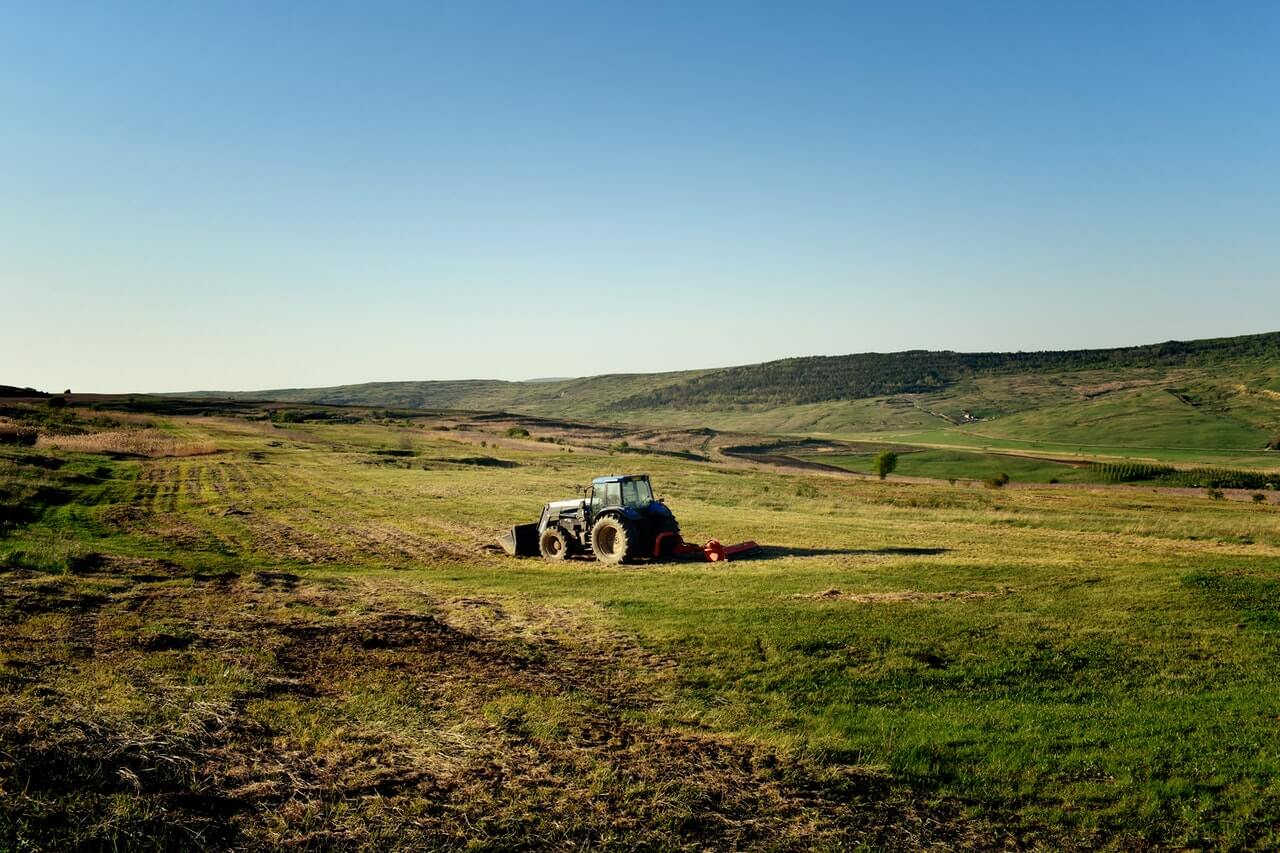When you live in the country, you can have a lot of trouble keeping your driveways and roads clear through the seasons. If you have undeveloped property, you may even need to cut your own roads. Luckily, if you have a good tractor this can be a relatively easy task. In this article, we discuss the best way to cut in a road with a small tractor. Read on to learn more.
What You'll Learn Today
6 Steps To Cut In A Road

1. Choose the right place
Look over the land that you have in mind for road building. Avoid low spots that will cause you trouble in the future. Instead look for an area that has a natural ridge. This is the ideal spot for a road.
Of course in most instances, there will be some low spots and you’ll need to sort out a way of getting over them. Even when you have fairly level ground, you’ll want to strive to raise your road surface several inches to avoid having it become mucky and challenging.
Keep in mind that it small low spots, you can just install culverts to allow water to run from one side of the road to the other. If you have streams or other wide, low crossings, you’re best off calling in an expert to help you.
2. Clear the surface
After you’ve mapped your road, you just need to get your tractor set up with your loader and box blade to remove vegetation and topsoil. Be sure to set that topsoil aside so that you can use it for other projects around your farm.
3. Dig the ditches
While you might think that clearing the road itself would be your number one task, the fact is you should work on the ditches first. Cut the ditches on both sides of the road using a heavy duty angle blade. This tool will grade the ditches smoothly while simultaneously shaping the road.
If there’s a lot of gravel and clay in your subsoil, you’ll want to pull the soil up out of the ditch and put it on your road bet. If your subsoil is very sandy, you may need to bring in heavier clay and gravel to hold your road bed together.
As you dig your ditches and redirect the subsoil to the roadbed, concentrate on creating a crowned ridge in the center of the road. This will allow for good drainage so that melting snow and rainwater will run right off into the ditches.
Contour carefully so that your road has an even slope of about a half inch per foot from center to side on both sides.
4. Add a sturdy surface
After you finish grading your road, you’ll want to finish it by applying an all weather surface. Crushed, unwashed stone of the uniform three-quarter inch size is an excellent material for this purpose.
The combination of pit run clay, rock dust and angular rock will pack together solidly to make a surface that resists both water and frost.
You can find this type of gravel at any rock quarry or gravel pit. Before visiting your supplier, take accurate measurements of the width and length of your road.
Think about how thickly you want to layer the gravel onto the surface. This information will help determine exactly how much gravel you’ll need to complete your job.
Another good choice to surface your road is discarded concrete roadway that has been ground up. The main thing is that you want a good combination of small, uniform angular rocks and loose, silty material to make a good, sturdy seal.
Avoid rounded rocks (e.g. pea gravel) because these will just slide around making an unstable surface that will be in need of constant repair.
5. Spread the gravel
If you’re just doing a driveway, you can have the gravel delivered and dumped in one load that you can spread yourself using your small tractor with an angle blade or box blade attachment. Smooth it down using your rear blade.
If your graveling a very long road, it pays to have the gravel spread by the dump truck driver. Regardless of how you have it spread, once it’s in place drive back and forth on it a few times to mash it in.
6. Take care of your gravel road
Once your gravel is in place, the elements will get right to work challenging it. Rain, wind, snow and gravity will all work together to create potholes and erosion. To fight back against this, you should grade your road on a seasonal basis.
If you’ve done a good job of crowning the road, all you need to do is use your box blade to pull up gravel that has migrated to the sides of the road.
You can fill in potholes by using the teeth of the blade to loosen a little bit of gravel so that you can relocate it to fill in the holes. Smooth it all down with multiple passes.
In some kinds of terrain, a tractor might not be suitable. What do you think might be a better option?